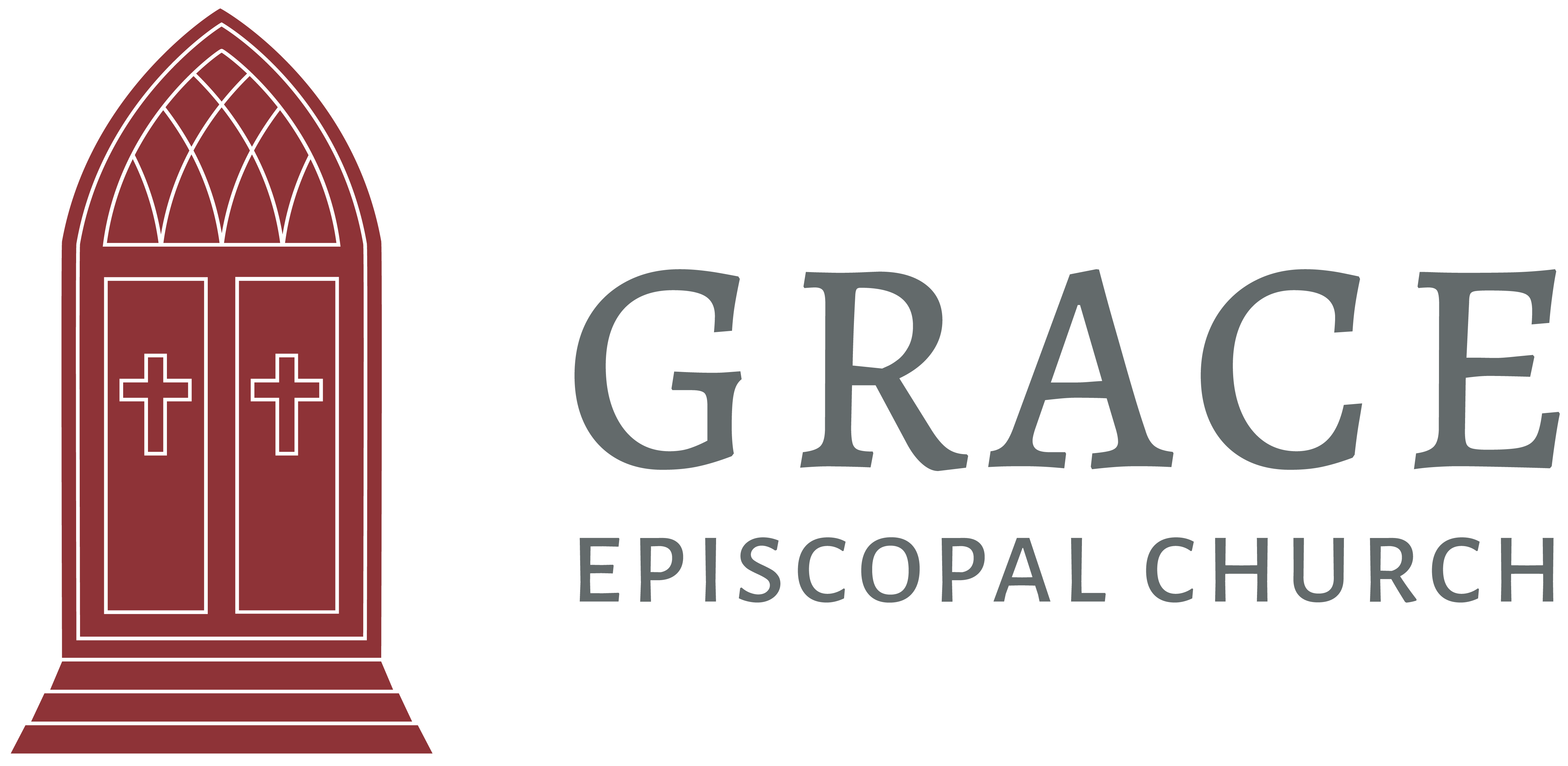Psalm 118:14-24; Acts 4:13-21; Mark 16:9-15, 20
“The same stone the builders rejected has become the chief cornerstone.” Quite literally, the rock of Calvary/ Golgotha (Latin and Hebrew equivalents meaning “like a skull”) was a stone rejected by the builders. Right in the heart of the medieval walled city and buried under a mass of confused architecture today, the site of the Church of the Holy Sepulchre was, in Jesus’ time, a quarry just outside the city walls. It takes some effort when you’re there to remember that the walls were expanded later to protect the holy site, some effort to imagine stripping off the chapels and cathedrals and domes and monasteries which cluster over the rock so you can see in your mind what Mary Magdalene would have seen with weeping eyes. It was a huge hole in the ground, gouged out to provide stone for Herod’s massive Temple reconstruction, a thin skiff of windblown soil at the bottom providing a bit of space for a market garden, a series of mausoleums carved out of the cliff face to provide some income, and right there in the middle of the crater a massive rock cracked and fissured by some earthquake and unable to be cut into salable ashlars and veneers.
That huge, unusable rock is Golgotha, a handy place to stage public executions which could be seen by everyone standing on the city walls nearby, taking in the lesson that rebellion against Rome is a losing game. You can get a good idea of what that would have looked like at the beautiful site known as the Garden Tomb, but please remember when you’re enjoying the peace and open air, which are both sadly missing at the noisy, dirty, crowded Holy Sepulchre, that the Garden Tomb is 700 years too old and a quarter mile too far north to be Jesus’ actual burial spot, or as its own website coyly says, “Some believe that this garden is the setting of those gospel events. However, the question as to whether this is the same tomb in which the Messiah was buried is ultimately unimportant.”
Jesus is executed atop a builder-rejected stone. He’s buried in Joseph of Arimathea’s family mausoleum carved out a section of stone which was also not quarried, unused by the builders. And He rises to new and more abundant life in a garden quite literally surrounded by stone not chiseled out of the earth. The Paschal mystery (which our Orthodox Christian friends, who use a different calculation to arrive at Easter, are celebrating this weekend–shout out to my friends Chris and Stana Eager as they prepare for their Great and Holy Matins and Liturgy of the Resurrection!) is built on rejected stone. And in our own life, there’s plenty of stone that others reject. Oddly, it’s that same stuff that others find unusable, unacceptable, which God often uses as the building blocks for our sanctity. Look at your weaknesses, your failings, your sins hard enough, and lurking back behind them is a good impulse grown out of control. Rather than rejecting everything, try to rescue the good impulse, the virtue, the love which was the start of the whole darned problem, because those are often enough the stones which can turn out to be your very best building material for the Temple you’re called to be.

